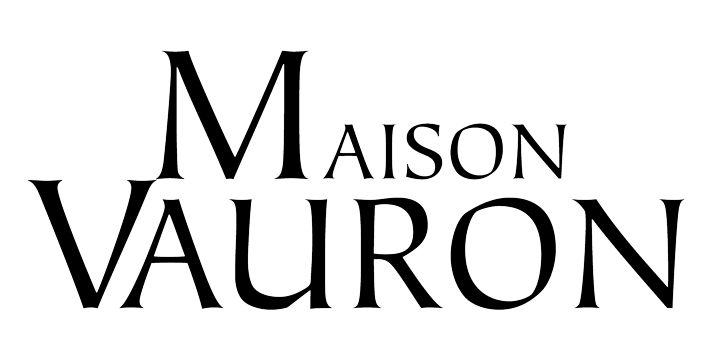Drone on Champagne Vineyard
Date: 06-09-2017
In Champagne, a drone circles the vineyard of Champagne Fallet-Dart scanning for any anomalies on the vines. The current testing grounds - on the slopes of the Marne Valley - are thanks to Paul Fallet, who believes that this drone technology will allow him to better his job on the 20 hectares of land, "We cannot be everywhere, I can be helped by machines". He keeps a reasoned view on the use of phytosanitary products (fertilisers and pesticides) but believes only as little as needed on the vines.
The drone was created by two engineers, who designed it with an algorithm that alerts the winemaker of anomalies in the vines. The drone takes thousands of photos using a multispectral camera. The algorithm then dissects the images and through this detects symptoms of mildew.
Despite the growth of organic winemaking (which consists of 9% of French vineyards), viticulture remains very eager for the use of phytosanitary products, which is harmful to vine health and the environment. This drone presents a way to enable growers to use less phytosanitary without being a detriment to the condition of the vines.
Drones in the vineyard are on the rise as the industry embraces precision viticulture, efficiency and data-based decision making. This technology could be the next big step in winemaking and allow winemakers to use fewer pesticides. The vine growers see this as an opportunity to "evolve practices" and a "better respect of the environment". The end goal is to produce better quality grapes, therefore better quality wine. To some however, wine making is an age-old craft that holds tradition, not something that should be modified by technology.

